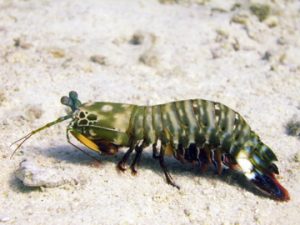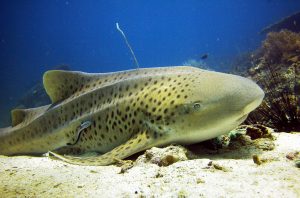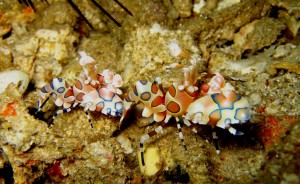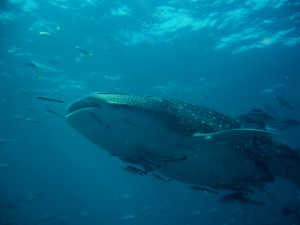Whats New at Scuba Cat Diving?
Scuba Cat Diving was been based on the beach road of Patong for the past 18 years, but this year, things changed.
A move away from the tuk tuks, tailors, massage parlours and Muay Thai advertisements (yes those of you who have already been to see us will recall “Monday Night, Monday Night……….” )to a new location inside the Kee Plaza, a fantastic hotel and shopping facility 200m off of the Beach Road. This has enabled us to have a larger retail selection, much more selection for our customers to choose from Scubapro, Aqualung and many more.
We have kept our classrooms in Soi Watanna but opened a second shop putting retail and booking’s on the ground floor, this has allowed us to have our dive centre at both ends of Patong so is more convenient for you all. Our fun pub has moved to the roof top terrace we created this year.
It has been a different 6 months but things are progressing well.
Scuba Cat Diving, 5 * CDC is still under British ownership and management and they have the only female Course Director, Sarah Kench, conducting monthly IDC’s on Phuket. Along side this we are the only DDI (Disabled Diver International) Instructor Trainer Centre in Asia.
Scuba Cat has a long history of being eco aware, from laying artificial reefs, becoming the first National Geographic Centre in Phuket, bi-annual underwater clean ups and winning awards from Project AWARE. This is consolidated with our 5 year commitment to monitor reefs at a local island in conjunction with reef check trainers from China on a yearly basis as we are the only reef check centre on Phuket. Recently we won the Green Star Award, the first dive centre to achieve this on Phuket and quickly followed it up by becoming the first Dive Centre in Phuket to go 100% Aware.
Following the changes we made on the retail side of the business this year Scuba Cat has also made changes in the type diving we are offering.
As always we conduct our courses to the highest standards, with emphasis on quality rather time. IDC’s are available every month along with DSAT Tech diving up to Instructor level.
We are running 3 Diving boats this year, all of which will have Nitrox available and limited numbers of divers on them, this will enable us to have 3 different schedules which will suit all divers and snorkelers. Whether you are a snorkeller, brand new to diving or looking to change your life by joining us working in Paradise, no problem, we have a program to suit you and your whole family.
Daytrips to the local islands around Phuket on board MV Scuba Fun will run 3 dives per day at different locations. New for this year there will be freshly cooked meals from our own kitchen cooked by the awesome Chef from Lair Le Tong Restaurant.
Half day trips to the local reefs of Phuket on MV Scuba Sport, new for this year allowing boat diving on mornings, afternoons and night dives. Sightings on the reefs have been beyond our expectations, with things we have not seen around Phuket in many years, the most recent being a free Swimming Ribbon Eel.
Our liveaboard MV Scuba Adventure will run trips to both the North Andaman and South Andaman this season, allowing for 3, 4 or 7 day trips offering the best diving Thailand has to offer. As always she offers un-crowded conditions, by having reduced numbers on the boat and is run by our own Tour leader Kath Ridley and the best Captain and Crew on Phuket. A brand new schedule is being launched for the summer and next high season to give you even more variety.
A new IDC website created by our website designers dedicated to professional level courses and Internships will be launched very shortly.






















Scubacat Community